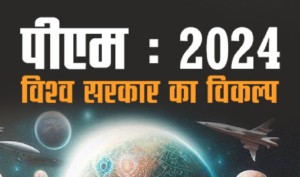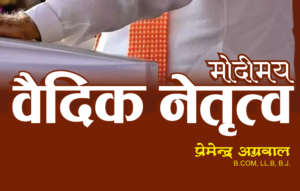Macron’s gamble – to expand his coalition or allow the far-right to govern and undermine Marine Le...
Posts
Congress leader Rahul Gandhi has penned a letter to Uttar Pradesh chief minister @myogiadityanath urging for increased...
Congress leader ‘Balak Buddhi’ Rahul Gandhi met 50 loco pilots at New Delhi Railway Station on July...
Congress leader and leader of opposition in Lok Sabha Rahul Gandhi is continuously spreading lies on Agniveer...
Why does an aging Biden-Trump run America? Why do so many aging old leaders run America? Given...
लेखक प्रेमेन्द्र अग्रवाल बाल्यावस्था से ही संघ के स्वयंसेवक रहे हैं । उन्होंने पत्रकारिता, कानून और वाणिज्य...
” दूसरों की गलतियों से सीखें …आप इतनी देर तक जीवित नहीं रह सकते कि आप उन सभी गलतियों...
This book brings new facts, evidences and records which show that poisoning to second prime minister of...
Sunanda Tharoor is accursed, she is accused to ruin her life and she is victim due to...









